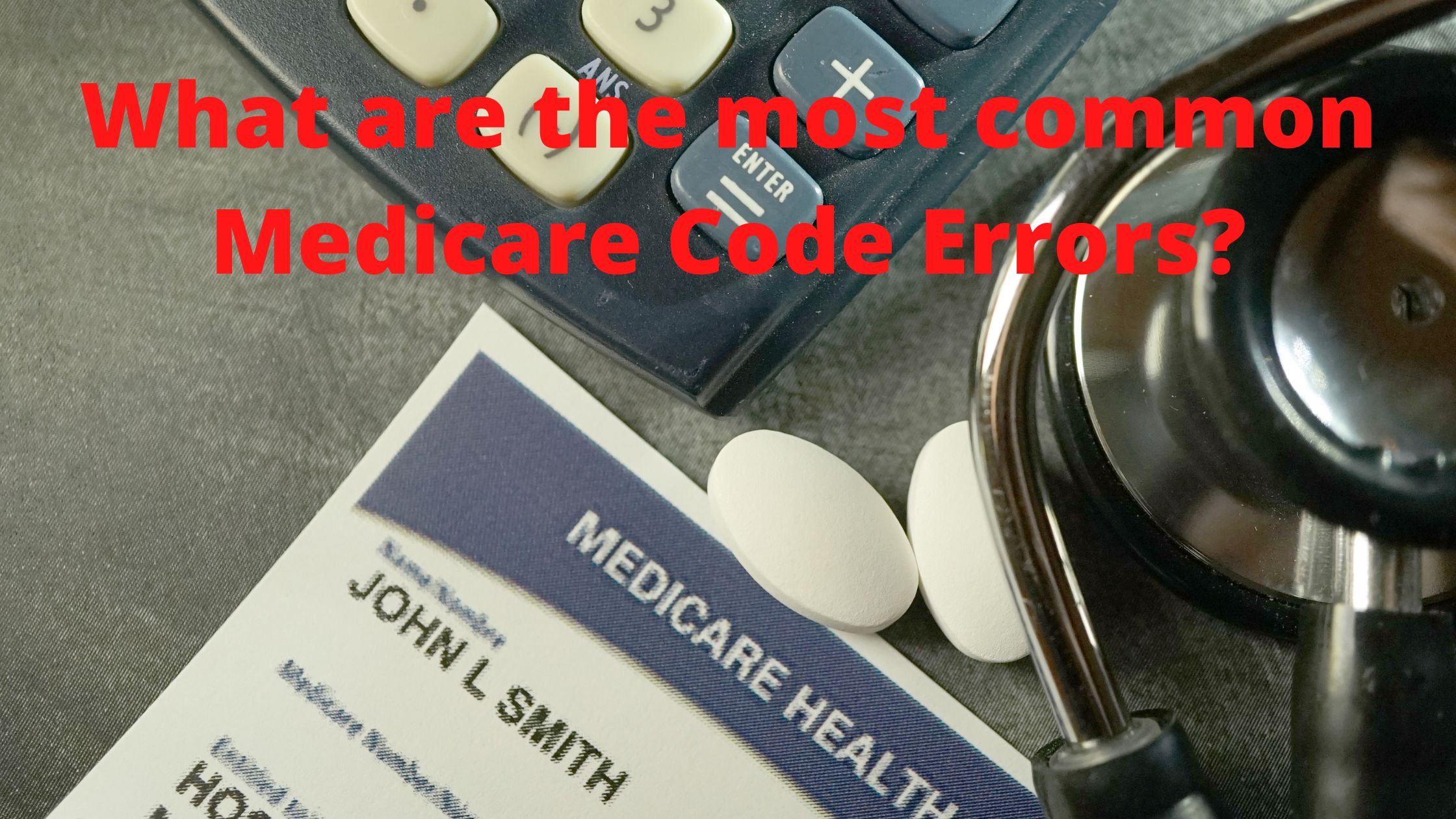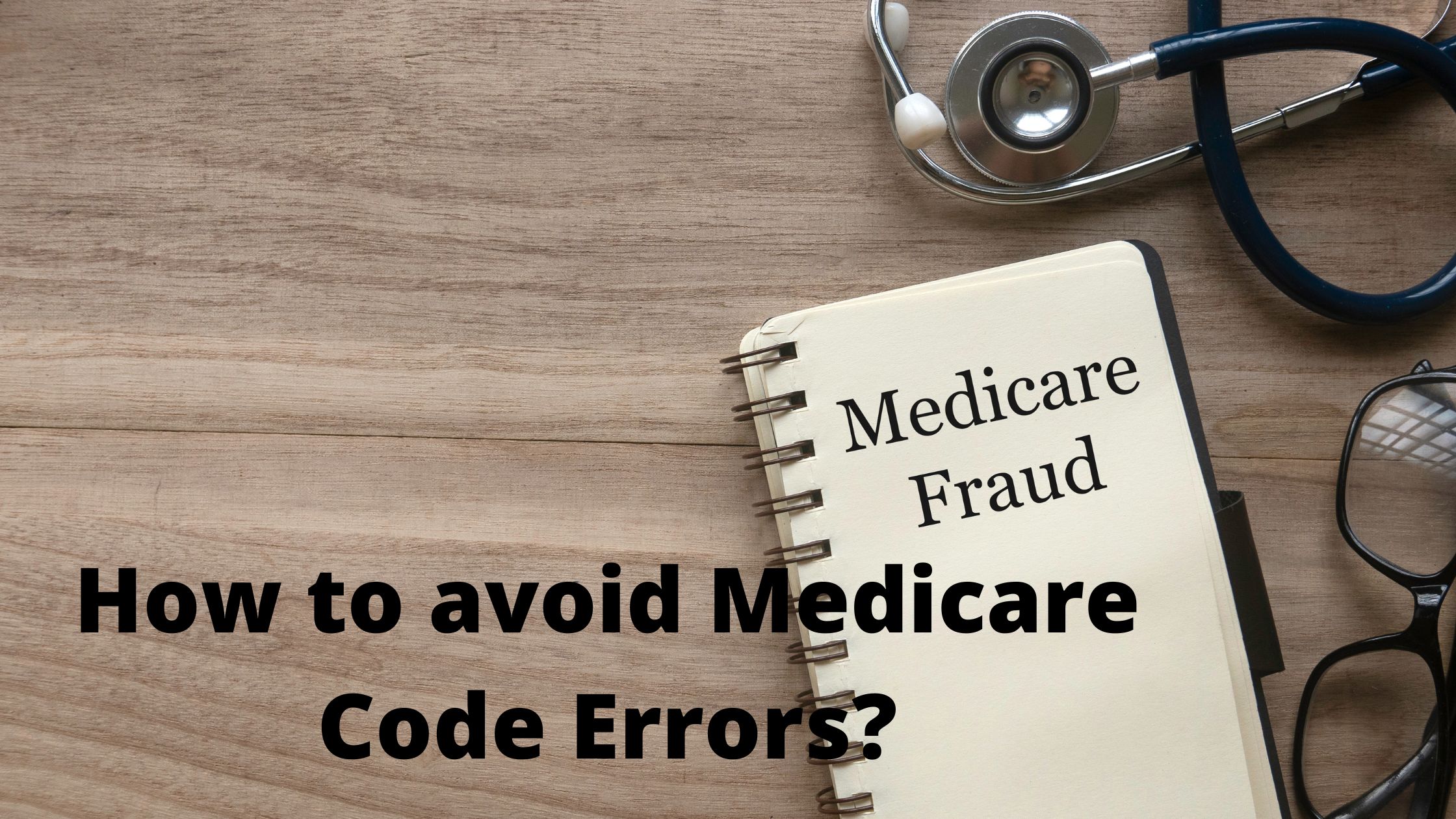It’s no secret that Medicare can be a confusing system, with a lot of rules and regulations that vary depending on your situation. If you’re planning on filing your taxes using the Medicare code, make sure you avoid some of the most common code errors.
What are the most common Medicare Code Errors?
When you are filling out your Medicare forms, there are a few things that you should keep in mind. One of the most important things to remember is the Medicare code. This code is used to help identify specific benefits that you may be eligible for. However, like most things in life, there are some mistakes that can be made when filling out your Medicare forms. Here are the most common Medicare code errors:
1. Filling in the wrong Social Security number – This is one of the most common Medicare code errors. Make sure that you enter your social security number correctly on all of your forms.
2. Incomplete forms – Make sure that you complete all of the necessary information on your forms. If you leave any incomplete information, it may lead to delays in receiving your benefits or even denied claims altogether.
3. Using the incorrect form – There are a variety of different Medicare forms available, so make sure that you use the correct form for your particular situation.
4. Falsifying information – If you ever feel like you may be in danger or have been threatened in any way, please do not falsify any information on your Medicare forms. Doing so could lead to serious consequences for yourself and
How to avoid Medicare Code Errors?
When you file your Medicare taxes, be sure to avoid common errors. Here are some tips to help:
1. Double check the Social Security number (SSN) on your W-2 form. The SSN is printed on the bottom of the form. If it’s not correct, contact your employer and ask for a corrected form.
2. Make sure the filing status on your return matches the status in Medicare. If you are no longer eligible for Social Security benefits, make sure you change your filing status to “retired” or “disabled” on your tax return so that Medicare will pay you the right amount.
3. Check the box for “full retirement age” if you are over 65 and want Medicare to start paying your medical expenses. Otherwise, Medicare will only pay part of your medical bills starting at age 65.
4. Make sure you enter all of your income on Schedule A (Form 1040). This includes income from pensions, annuities, disability income, and any other sources of income.
5. Enter all expenses that are eligible for reimbursement from Medicare on Schedule A (Form 1040). These include doctor bills,
What to Do if You’re Denied Medicare Reimbursement?
It can be frustrating when you receive a Medicare denial letter. There are a few things you can do if this happens:
You can appeal the decision. This is your first step and there is information on how to do this on the Medicare website.
You can ask for a review of the decision. This is an additional step, but it might result in a different decision.
You can file a complaint with Medicare. If you feel that the denial was based on incorrect information, filing a complaint may help get that corrected.
Conclusion
If you’re like most people, you’re probably familiar with a few common Medicare code errors. But just in case you’re not, here are three of the most common Medicare code errors that you should avoid if you want to stay on track with your health insurance: not reporting all your medical expenses (this could lead to a penalty), not informing your doctor of any changes in your medication regimen, and not reporting any falls or injuries even if they result in hospitalization. By following these simple tips, you can ensure that your claims will be processed smoothly and that you’ll receive the benefits that are rightfully due to you.

